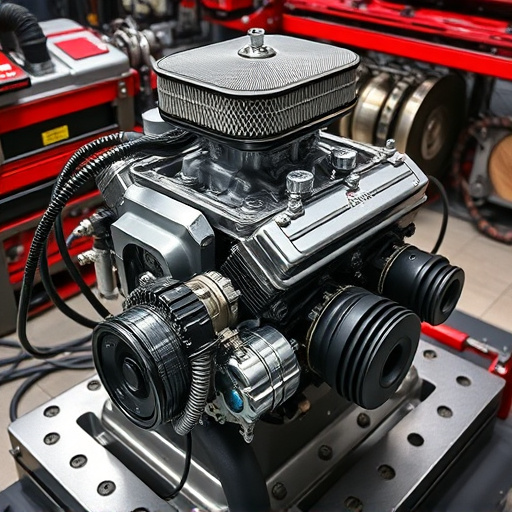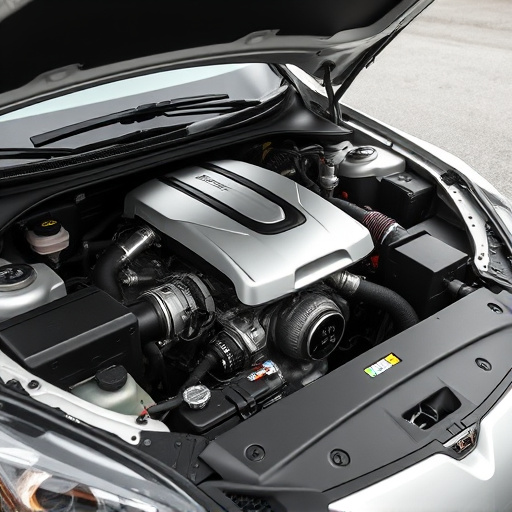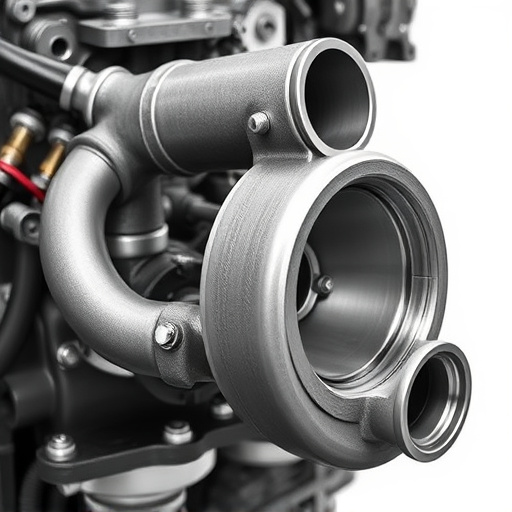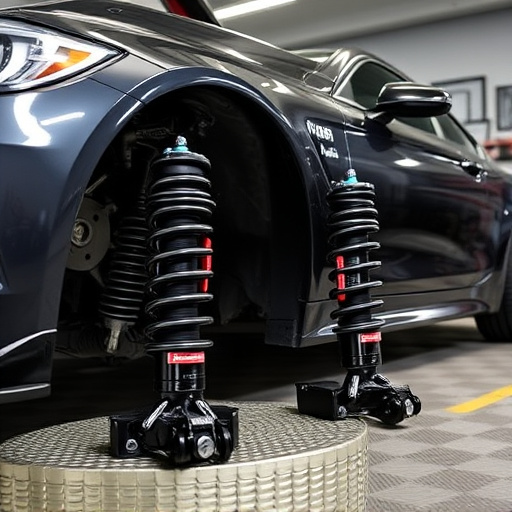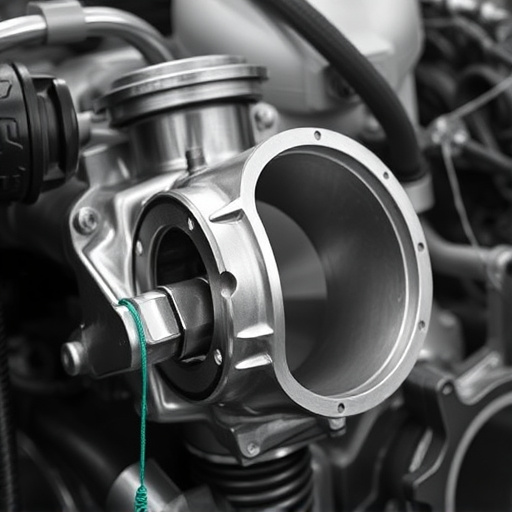An adjustable suspension system enhances vehicle performance and handling by modifying wheel connections, offering precise control over ride height, stiffness, and alignment for tracking precision and comfort. These systems cater to diverse driving styles, include advanced components like air filters and struts, and enable customization for various terrains and preferences, improving stability and dynamics.
Discover the revolutionary world of adjustable suspension systems, a game-changer in modern vehicle design. This advanced technology offers unparalleled control and comfort, adapting to various driving conditions. In this comprehensive guide, we demystify these systems, exploring their fundamental principles, intricate components, and vast advantages. From improving handling dynamics to enhancing passenger comfort, adjustable suspensions are transforming the way we experience the road. Get ready to dive into the key features that make them an indispensable innovation in automotive engineering.
- Understanding the Basics of Adjustable Suspension Systems
- Key Components and Their Functionality
- Benefits and Applications in Modern Vehicles
Understanding the Basics of Adjustable Suspension Systems

An adjustable suspension system is a sophisticated mechanism designed to optimize vehicle performance and handling. At its core, it involves modifying the way a car connects its wheels to the chassis, allowing for precise control over ride height, stiffness, and alignment. This customization opens up a world of possibilities for drivers, from improved cornering precision in tracks to a smoother, more comfortable ride on everyday roads.
These systems often consist of adjustable shock absorbers, spring rates, and camber/toe settings. By tweaking these elements, owners can tailor their vehicles for specific needs. For instance, upgrading intake components or installing a cat back exhaust system might require adjustments in suspension to maintain balance. The versatility of these systems caters to various driving styles and preferences, making them a favorite among both casual enthusiasts and professional racers.
Key Components and Their Functionality

An adjustable suspension system is a complex assembly of various components working in harmony to provide optimal vehicle performance and control. At its core, these systems typically include amortizers (or shock absorbers), springs, and struts. Amortizers play a crucial role in dampening road forces, ensuring a smooth ride and enhanced handling. Springs, often coil or leaf springs, are responsible for supporting the vehicle’s weight and adjusting to different terrain conditions. Struts, usually located at each wheel, combine the functions of both springs and amortizers, contributing significantly to the overall stability and responsiveness of the suspension.
Beyond these primary elements, adjustable suspension systems may incorporate additional intake components, such as performance air filters and advanced air intake systems. These components enhance engine performance by optimizing airflow, leading to better acceleration and top-end speed. By allowing for adjustments in the suspension setup, drivers can fine-tune their vehicles for various driving conditions, whether it’s tackling off-road trails or cruising on smooth highways. This level of customization ensures that the adjustable suspension system caters to a wide range of driver preferences and performance needs.
Benefits and Applications in Modern Vehicles

Adjustable suspension systems are revolutionizing modern vehicles, offering a multitude of benefits that enhance both comfort and performance. One of the primary advantages is their ability to adapt to different driving conditions and preferences. By allowing drivers to fine-tune settings, these systems provide a personalized ride, ensuring optimal control on various terrains. This feature is particularly useful for off-road enthusiasts or those who frequently navigate challenging road conditions.
Moreover, adjustable suspensions significantly contribute to improved handling and stability. They can be fine-tuned to reduce body roll, providing better cornering precision and enhancing overall vehicle dynamics. This benefit is especially valuable in high-performance vehicles where precise control and responsive handling are essential. Additionally, these systems often include advanced components like performance brakes and upgraded brake pads, further boosting safety and stopping power for a more engaging driving experience.
Adjustable suspension systems, with their ability to enhance both performance and comfort, are a defining feature of modern vehicles. By understanding the key components and their functionality, as well as the benefits they offer, drivers can appreciate how these systems contribute to a smoother ride and improved handling dynamics. The versatility of adjustable suspension systems continues to drive innovation in the automotive industry, making them an essential component for cars across various segments and applications.




